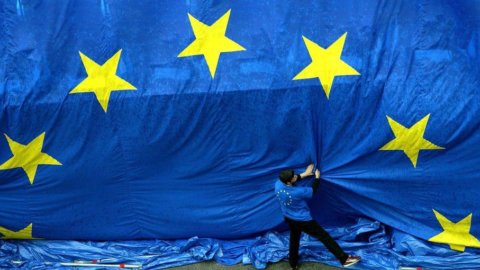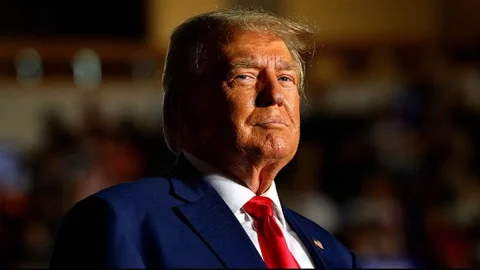The best result that the Government and the ECB expect from the reform of cooperative banks is the merger between Banco Popolare and Popolare di Milano. Much has already been said about this reform, which risks giving the final blow to local banks, i.e. to those institutions that constitute the main support for the financing of small and medium-sized enterprises (see Popular banks, cooperative credit, the real economy and Constitution; authors R.Cappellin, C.Casaletti, F.Coltorti, M.Vitale, Rubbettino 2016).
It is also known that the soundness of a bank lies essentially in the trust it receives from its customers even before its assets. And trust comes from the competence of management and its impermeability - given the times - to the "mainmise" of politicians. It goes without saying that no bank is capable of dealing with a massive run of its deposits for the simple reason that the savings it collects are employed and not left idle.
In the intention of the promoters (primarily the managers of the two banks and their consultants), the merger of the two banks will be a "merger of equals". In truth, if we go back to the data at the end of 2014 (source: R&D yearbook), Banco Popolare was valued on the stock market at 3.645 million euros and Banca Popolare di Milano at 2.384 million for a total of 6 billion: the Milanese bank was worth 65% of the Bank of Verona.
But the latter is distinguished by a very problematic situation on the non-performing loans side; so, in approving the merger proposal, the ECB requested its recapitalization for one billion euros. What will these new resources be used for?
If the basis of the request were the need to clean up the balance sheet, then it would be a contribution to cover presumed losses, to be counted before the merger; however, as some believe, we could be faced with a simple capital strengthening for prudential reasons, a strengthening that the Milanese bank does not need, having also carried out a capital increase in 2014.
Which, incidentally, is at the moment the most beautiful of the realm because it is the only bank or nearly so in Italy that could afford to write off all non-performing loans while maintaining positive assets. Under these conditions, a "perfect" market would see it as a predator rather than a delicious prey.
This situation has not escaped the “market”. From the end of 2014 to today, the stock market value of Popolare di Milano has increased by 7% (from 2.384 million to 2.543 million) while Banco Veronese has lost 47% (from 3.645 million to 1.934 million). On the basis of current values, the "Bancone" (the bank that would arise from the merger) would be worth 4.477 million euros, to which 1.000 million will have to be added corresponding to the recapitalization requested by the ECB (to be implemented) and 2.543 million corresponding to the value of the capital contributed from the popular Milanese.
Singular that since the memorandum of understanding on the merger was published on 24 March last, the value of the "counter" has already lost the one thousand million from the capital increase along the way.
The Stock Exchange has evidently given its interpretation, devaluing the value of both banks; but much more that of the Veronese counter. Assuming the merger and transformation into a joint-stock company, the balance of power would be as follows: 46% of the value to former BPM shareholders, 36% to former Banco Popolare shareholders and 18% to those who subscribe to the capital increase of the latter for a total of 1.000 million.
If the placement managed by Mediobanca involves the entry of a small circle of investors, it will probably be the latter who lead the dance. A problem of transparency on governance therefore enters: how will these future shareholders be chosen?



